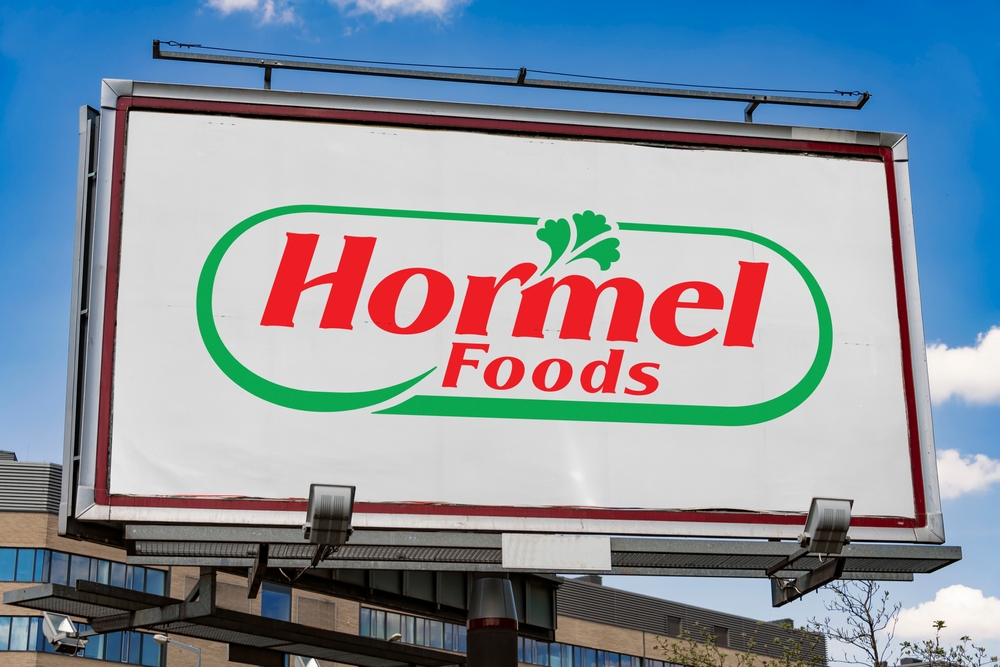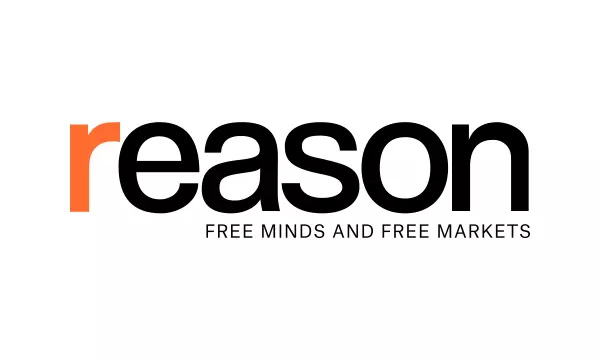
Valued at a market cap of $15.6 billion, Hormel Foods Corporation (HRL) develops, processes, and distributes various meat, nuts, and other food products to food service, convenience stores, and commercial customers. The Austin, Minnesota-based company sells its products under more than 30 brands, including HORMEL, SPAM, Jennie-O, Skippy, Planters, and Applegate, to name a few.
Shares of this food processing company have significantly lagged behind the broader market over the past 52 weeks. HRL has declined 1.2% over this time frame, while the broader S&P 500 Index ($SPX) has rallied 22.3%. Moreover, on a YTD basis, the stock is down 9.3%, compared to SPX’s 4% rise.
Narrowing the focus, Hormel Foods’ underperformance looks even more pronounced when compared to the Consumer Staples Select Sector SPDR Fund’s (XLP) 10.9% return over the past 52 weeks and 2.5% gain on a YTD basis.

On Dec. 4, shares of HRL rose marginally after its Q4 earnings release despite delivering a mixed performance. The company’s revenue declined 1.9% from the year-ago quarter to $3.1 billion but met the Street’s forecast. However, its adjusted earnings of $0.42 per share remained flat year-over-year and missed the consensus estimates of $0.43. The top-line decline was primarily driven by lower retail segment sales and a 4.1% overall drop in volumes.
However, investor sentiments improved as the company raised its annual dividend by 3% to $1.16 per share, marking its 59th consecutive year of increases. Additionally, for fiscal 2025, the company expects $100 to $150 million in incremental benefits from its Transform and Modernize initiative, which aims to enhance operational efficiency. All of these factors might have overshadowed the negatives and led to its slight rise in stock price.
For the current fiscal year, ending in October, analysts expect Hormel Foods’ EPS to grow 4.4% year over year to $1.65. The company’s earnings surprise history is mixed. It surpassed the Wall Street estimates in three of the last four quarters while missing on another occasion.
Among the nine analysts covering the stock, the consensus rating is a “Hold,” which is based on two “Strong Buy,” five “Hold,” one “Moderate Sell,” and one “Strong Sell” rating.

This configuration is slightly more bullish than three months ago, with one analyst suggesting a “Strong Buy” rating.
On Feb. 13, Citi analyst Thomas Palmer maintained a “Buy” rating on HRL but lowered its price target to $35, which indicates a 23% potential upside from the current levels.
The mean price target of $32.14 represents a 12.9% upside from Hormel Foods’ current price levels, while the Street-high price target of $36 suggests an upside potential of 26.5%.







